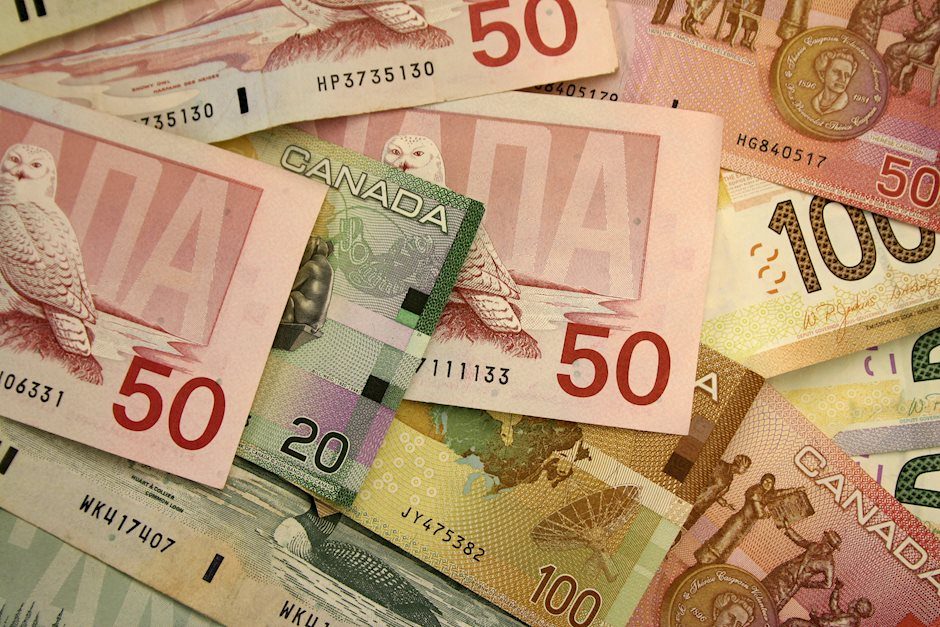Canadian Dollar bullish recovery runs out of gas on Tuesday
- The Canadian Dollar froze on Tuesday, crimping the week’s early recovery.
- Canada’s Ivey PMI slumped in December, missing expectations.
- Canadian labor figures due this week set to be eclipsed by looming US NFP print.

The Canadian Dollar (CAD) crimped a recent bullish recovery, halting in place on the charts and cycling familiar levels against the Greenback on Tuesday. The Loonie has recovered some ground after tumbling to multi-year highs at the tail-end of 2024, but bullish momentum remains elusive.
Canada’s Ivey Purchasing Managers Index (PMI) figures disappointed CAD traders that were looking for a reason to buy. Business activity survey results continue to miss the mark, and a low-impact upswing in trade figures in November was too low-tier to produce an upshot in market flows.
Daily digest market movers: CAD waffles as markets await further signs
- Canadian Exports and Imports both rose last November, but the data was too long-dated and low-impact to meaningfully direct CAD moves.
- Canada’s headline Ivey PMI for December fell to a 12-month low of 44.3 compared to November’s 49.7 as business activity expectations contract sharply.
- Despite the headline crunch, the seasonally-adjusted Ivey PMI rose to 54.7 from 52.3, but still missed the forecast print of 55.4, a decidedly lofty expectation.
- US business activity survey results took center stage on Tuesday as the ISM Services PMI for December surged to 54.1 versus the expected 53.3 and previous 52.1.
- Rising business activity and production costs in the US are reigniting fears of a lack of Federal Reserve (Fed) rate cuts in 2025, cooling risk appetite.
- Friday’s upcoming Nonfarm Payrolls (NFP) print will take on renewed interest as investors look for reasons to continue hoping for fresh rate cuts.
Canadian Dollar price forecast
USD/CAD rose to multi-year highs in December, clipping north of the 1.4400 handle before price action settled into a rough sideways grind, keeping bids just south of the key price level. Loonie markets have finally plugged the slow bleed that dragged the Canadian Dollar to its lowest prices against the Greenback since the pandemic, but a firm bullish recovery remains elusive.
1.4300 is firming up as an immediate technical floor. Even if CAD flows are able to generate enough momentum to pierce the key level, a rising 50-day Exponential Moving Average (EMA) will pose the next immediate risk rising into 1.4200.
USD/CAD daily chart

Canadian Dollar FAQs
The key factors driving the Canadian Dollar (CAD) are the level of interest rates set by the Bank of Canada (BoC), the price of Oil, Canada’s largest export, the health of its economy, inflation and the Trade Balance, which is the difference between the value of Canada’s exports versus its imports. Other factors include market sentiment – whether investors are taking on more risky assets (risk-on) or seeking safe-havens (risk-off) – with risk-on being CAD-positive. As its largest trading partner, the health of the US economy is also a key factor influencing the Canadian Dollar.
The Bank of Canada (BoC) has a significant influence on the Canadian Dollar by setting the level of interest rates that banks can lend to one another. This influences the level of interest rates for everyone. The main goal of the BoC is to maintain inflation at 1-3% by adjusting interest rates up or down. Relatively higher interest rates tend to be positive for the CAD. The Bank of Canada can also use quantitative easing and tightening to influence credit conditions, with the former CAD-negative and the latter CAD-positive.
The price of Oil is a key factor impacting the value of the Canadian Dollar. Petroleum is Canada’s biggest export, so Oil price tends to have an immediate impact on the CAD value. Generally, if Oil price rises CAD also goes up, as aggregate demand for the currency increases. The opposite is the case if the price of Oil falls. Higher Oil prices also tend to result in a greater likelihood of a positive Trade Balance, which is also supportive of the CAD.
While inflation had always traditionally been thought of as a negative factor for a currency since it lowers the value of money, the opposite has actually been the case in modern times with the relaxation of cross-border capital controls. Higher inflation tends to lead central banks to put up interest rates which attracts more capital inflows from global investors seeking a lucrative place to keep their money. This increases demand for the local currency, which in Canada’s case is the Canadian Dollar.
Macroeconomic data releases gauge the health of the economy and can have an impact on the Canadian Dollar. Indicators such as GDP, Manufacturing and Services PMIs, employment, and consumer sentiment surveys can all influence the direction of the CAD. A strong economy is good for the Canadian Dollar. Not only does it attract more foreign investment but it may encourage the Bank of Canada to put up interest rates, leading to a stronger currency. If economic data is weak, however, the CAD is likely to fall.
Author

Joshua Gibson
FXStreet
Joshua joins the FXStreet team as an Economics and Finance double major from Vancouver Island University with twelve years' experience as an independent trader focusing on technical analysis.

















